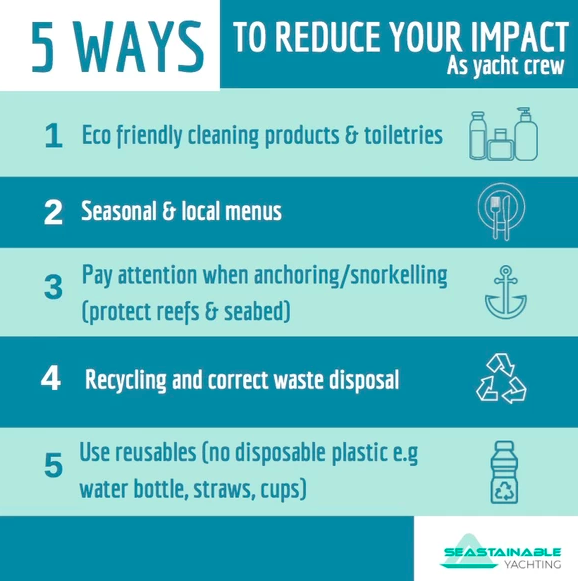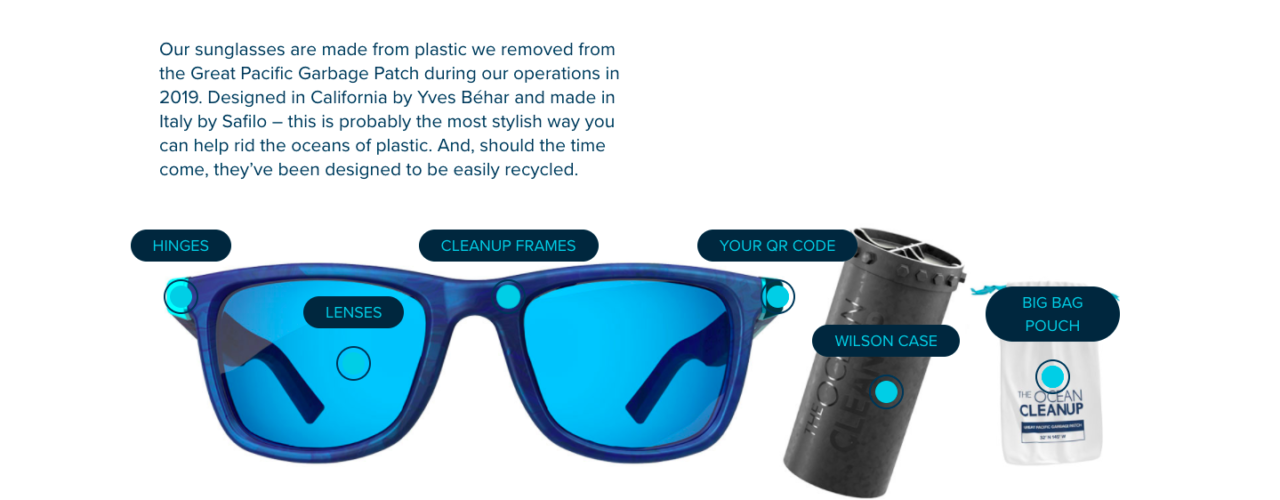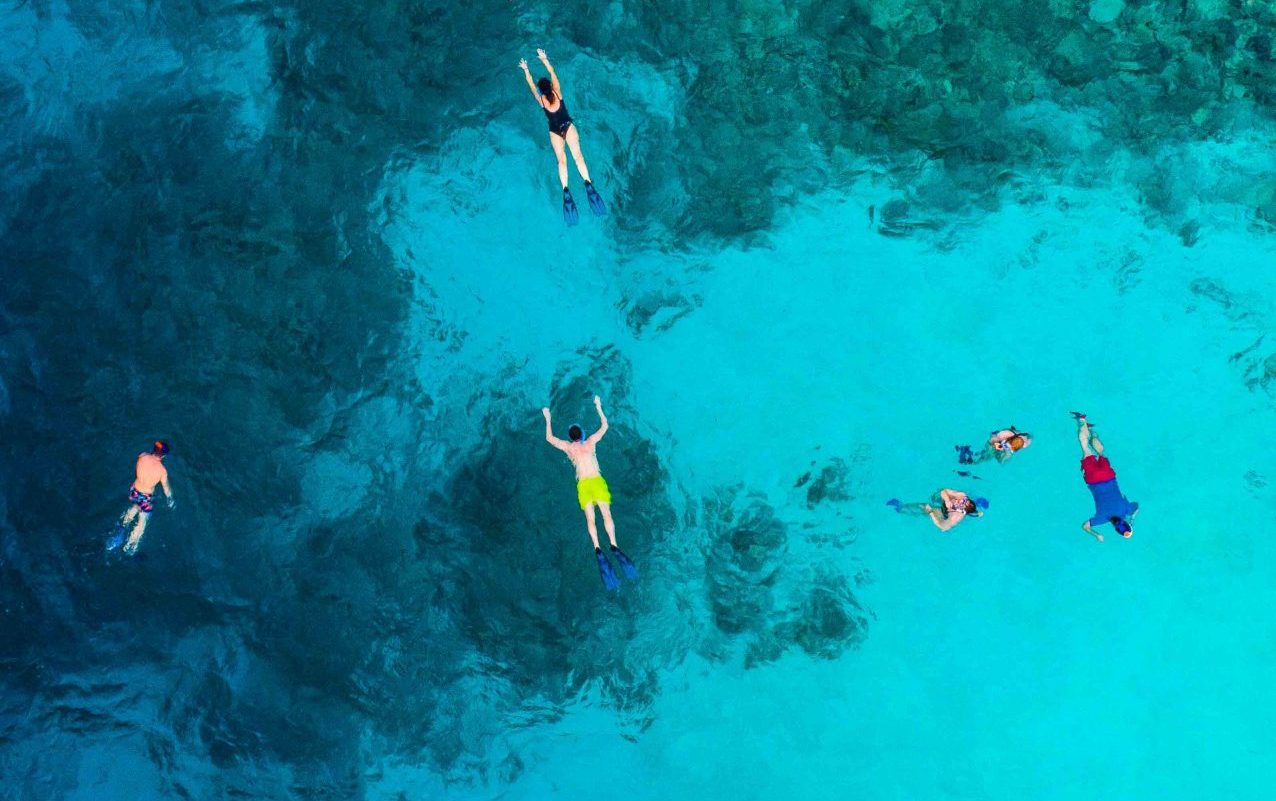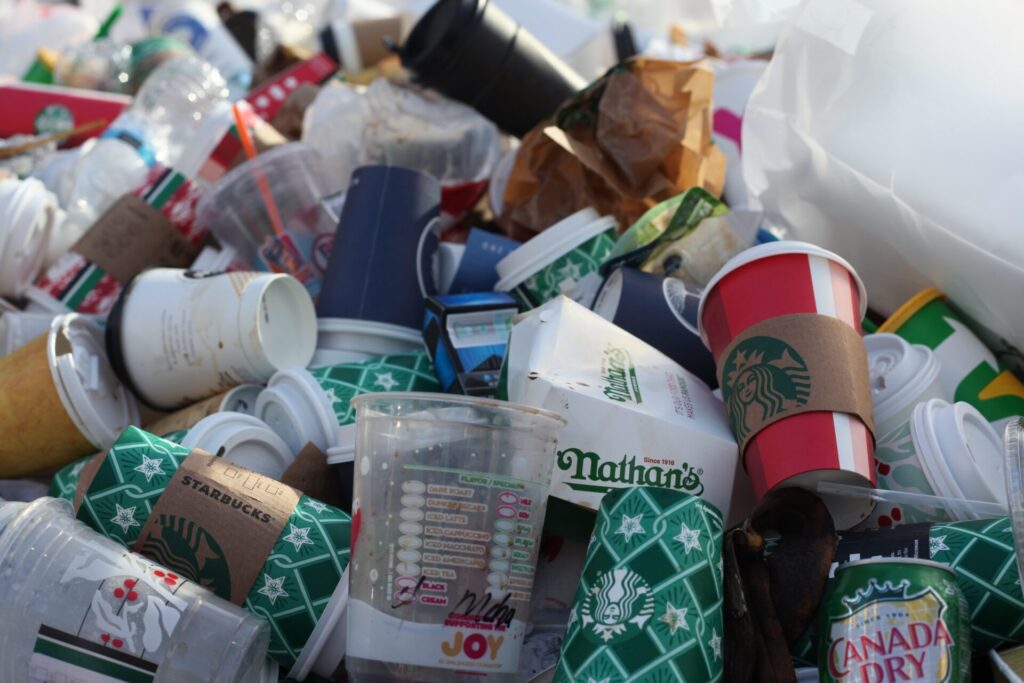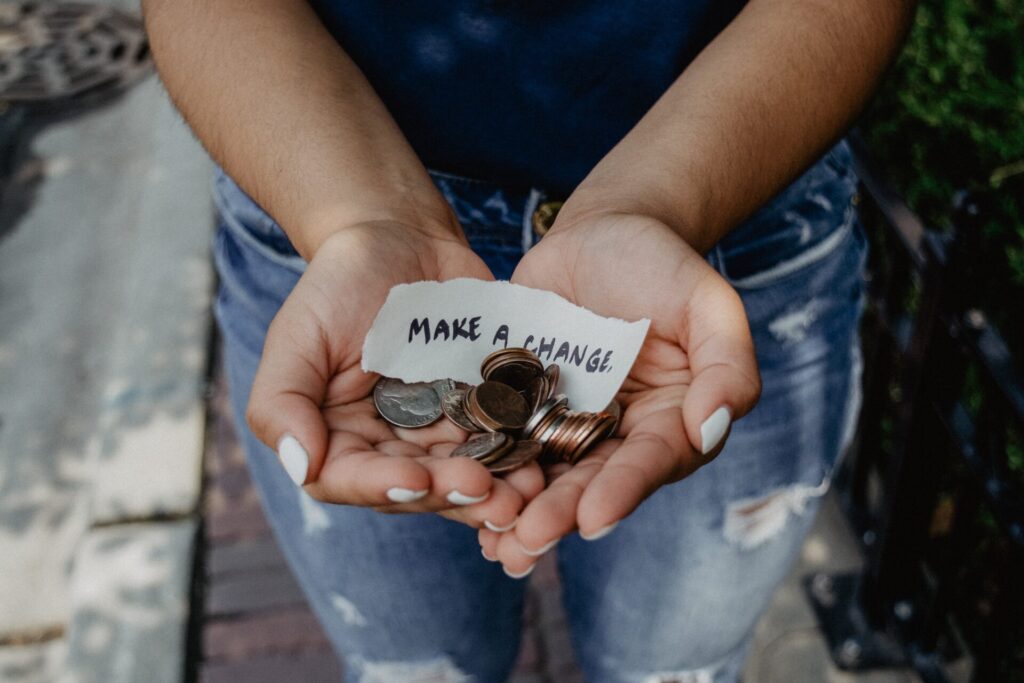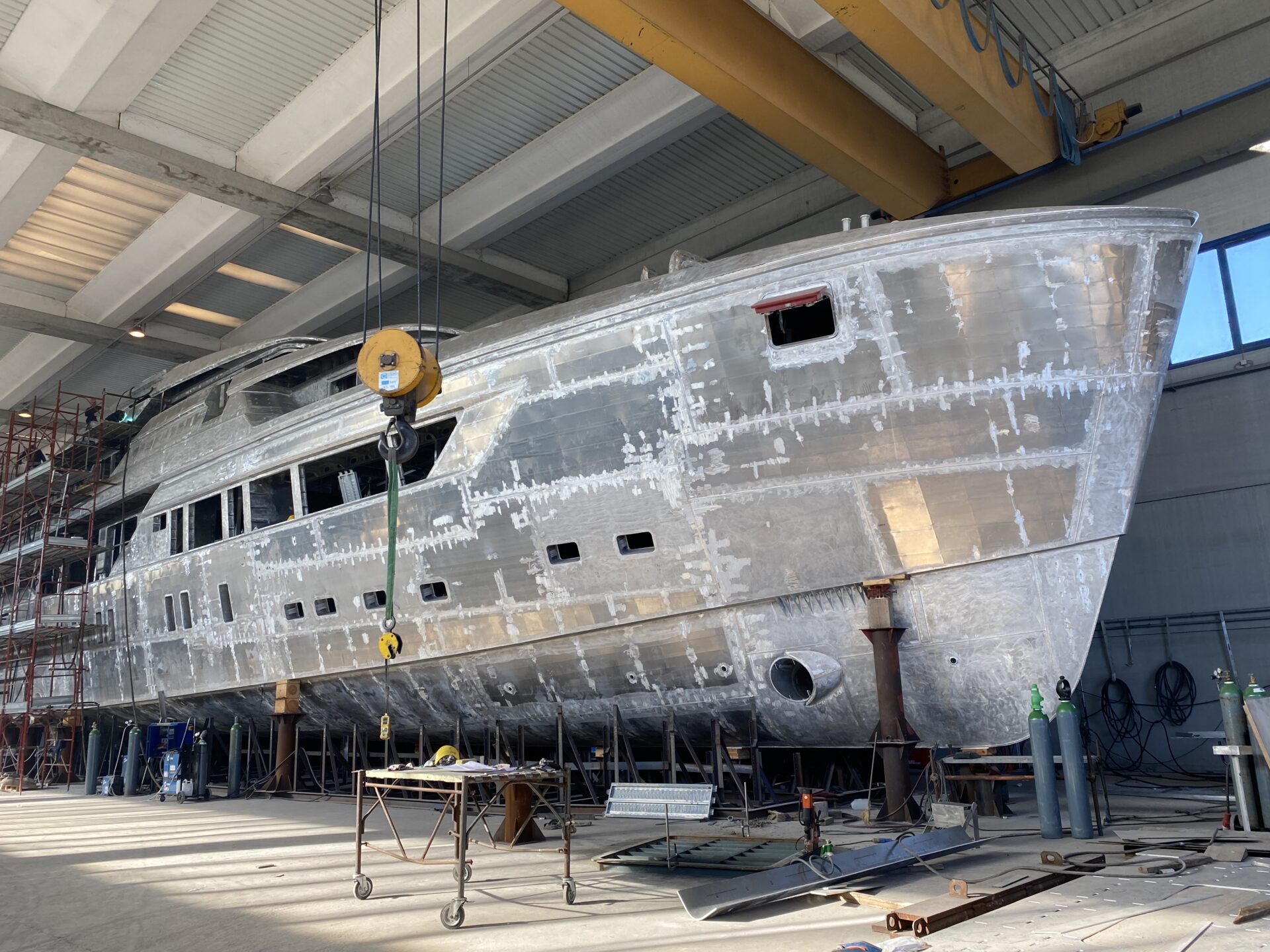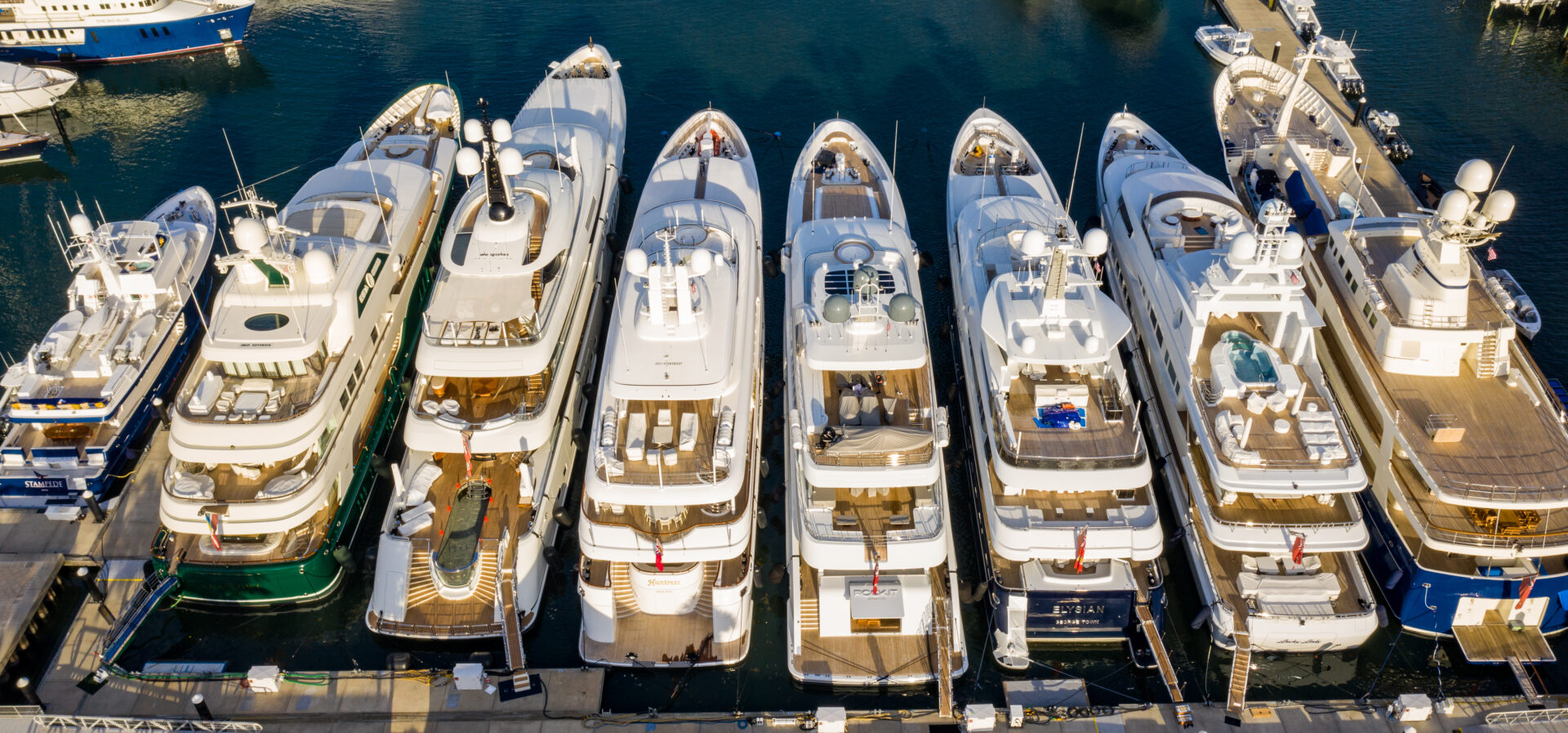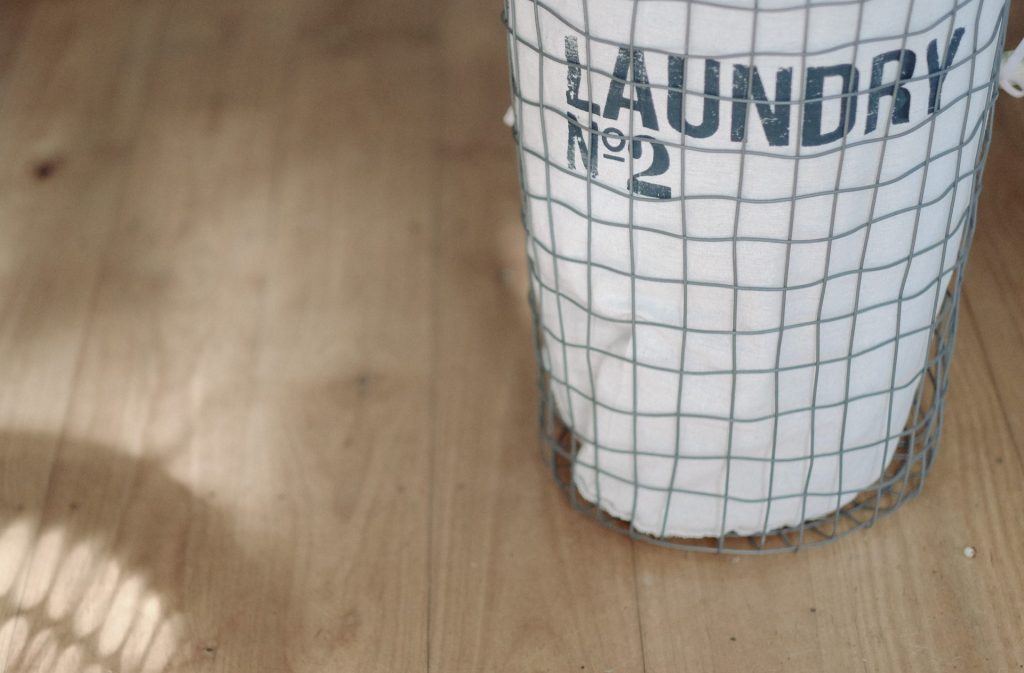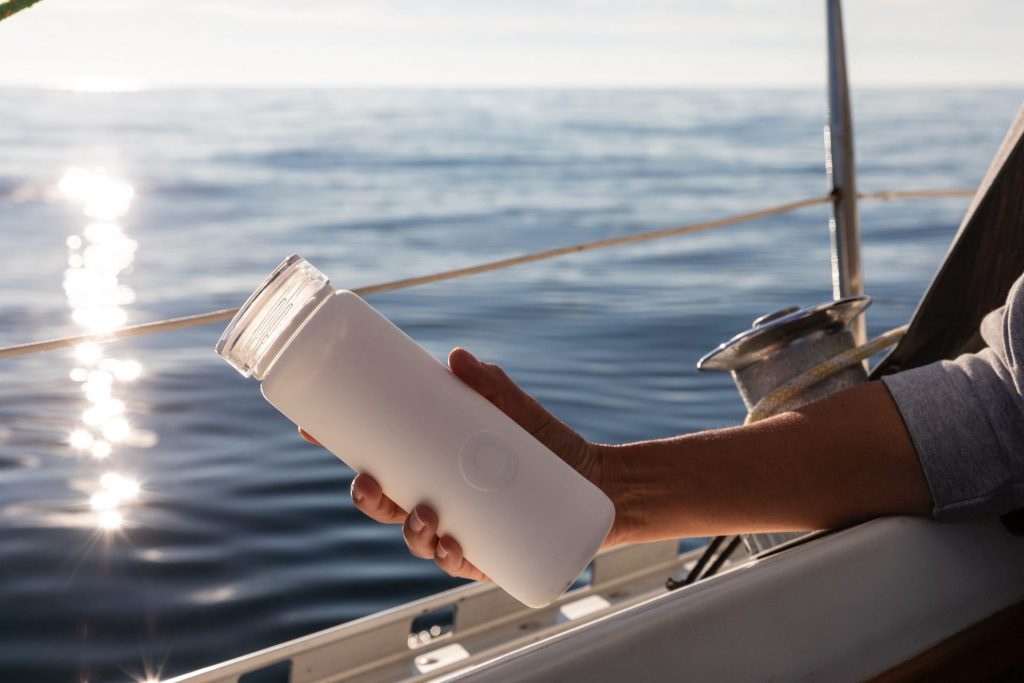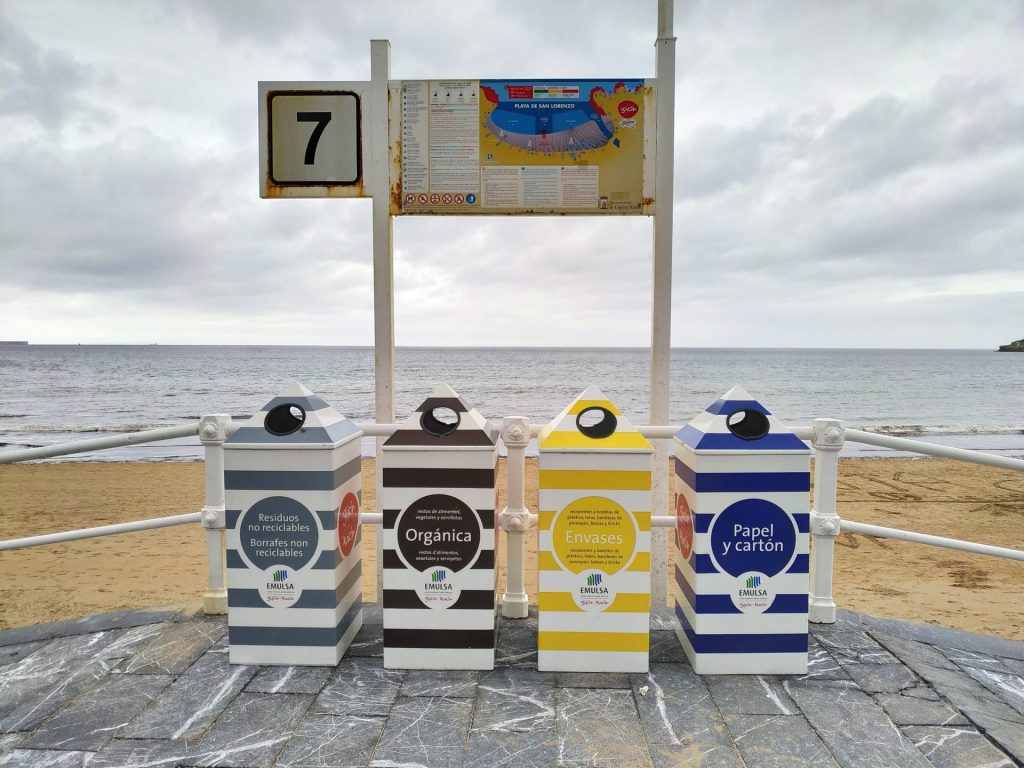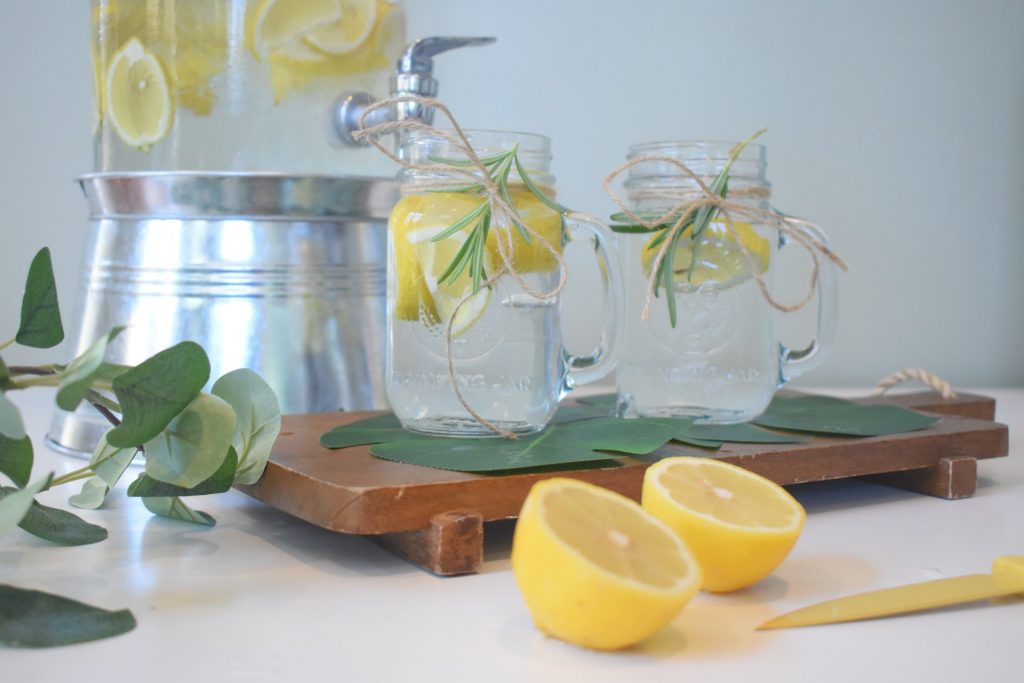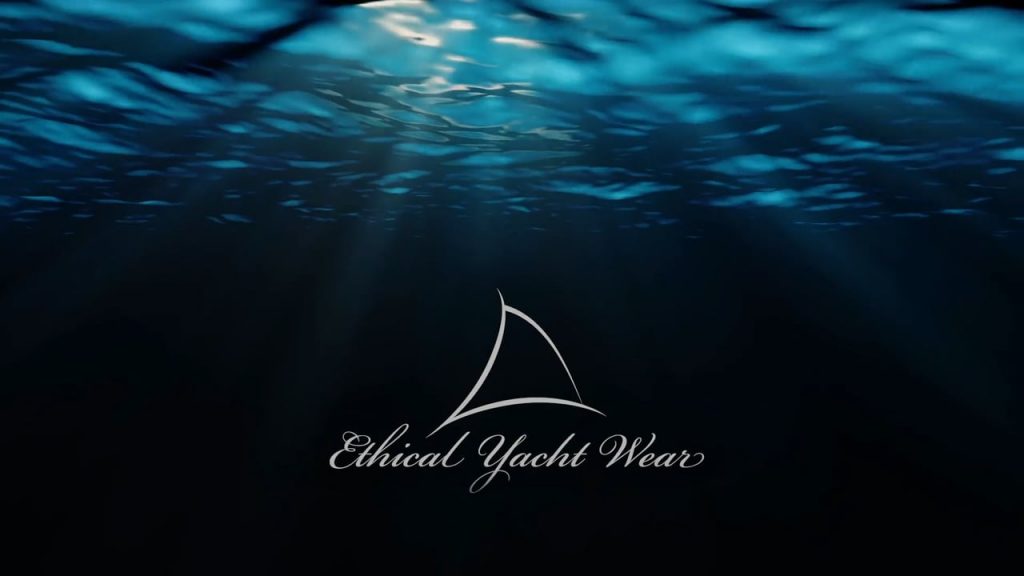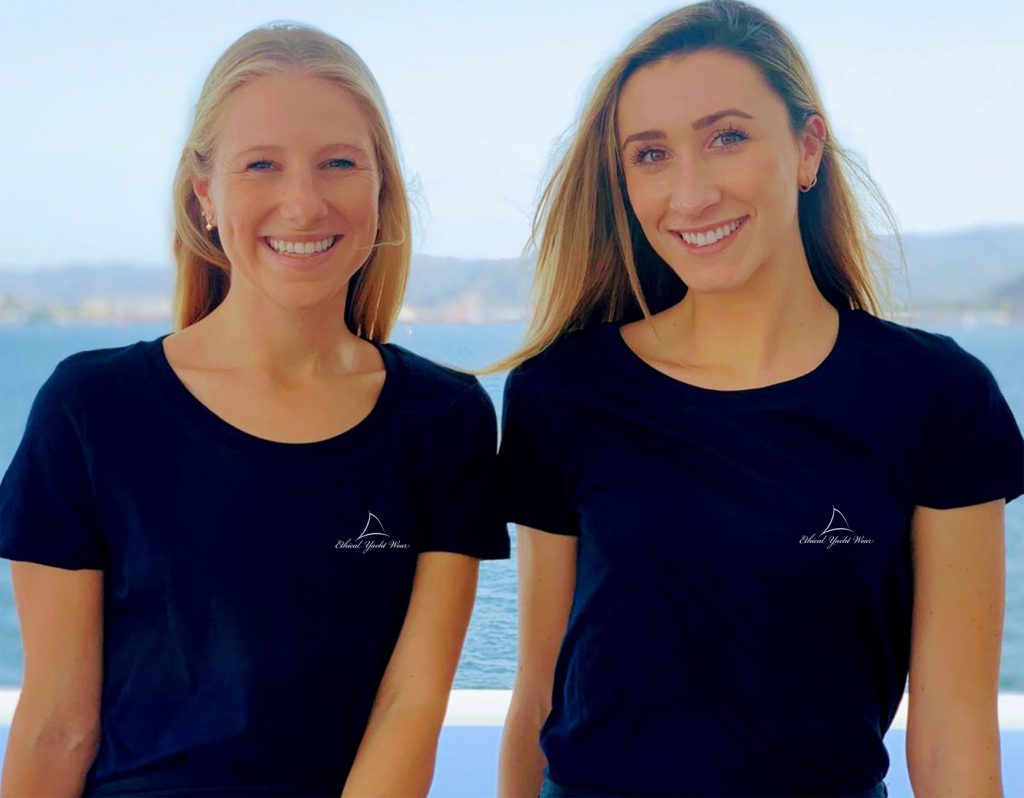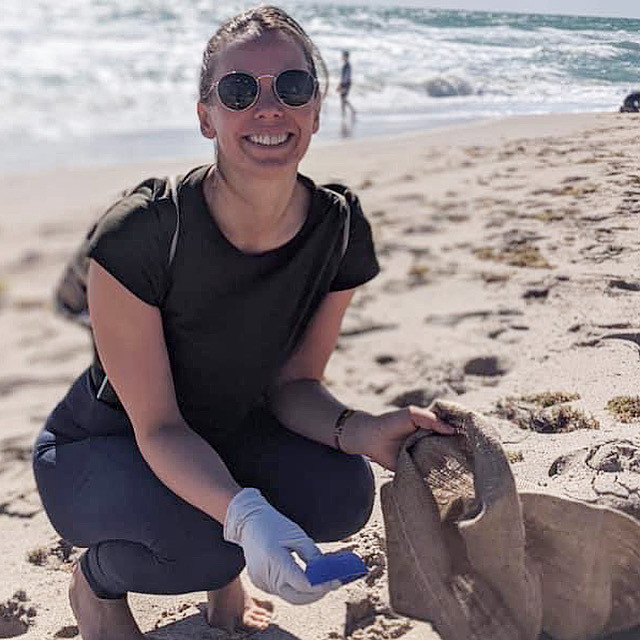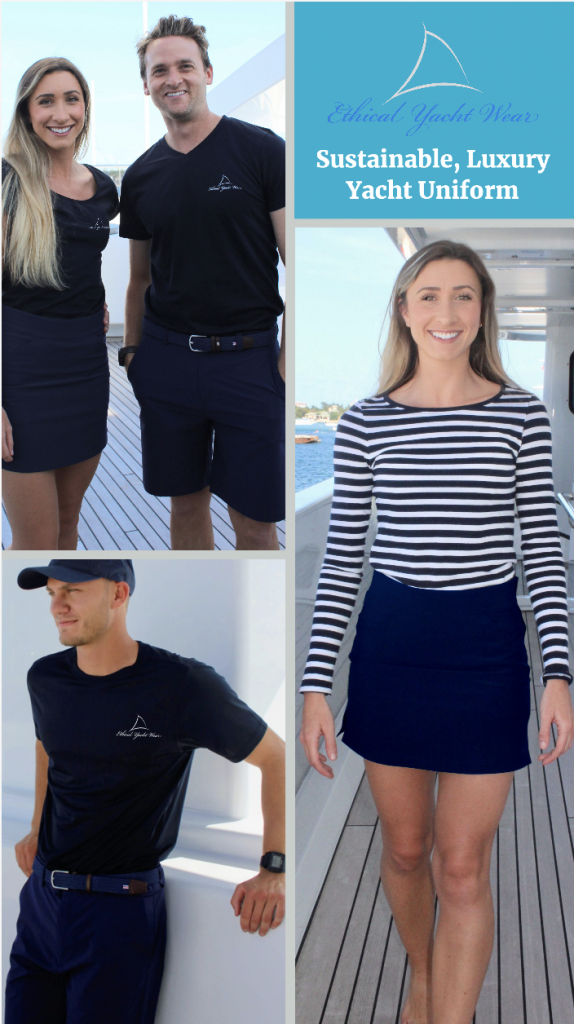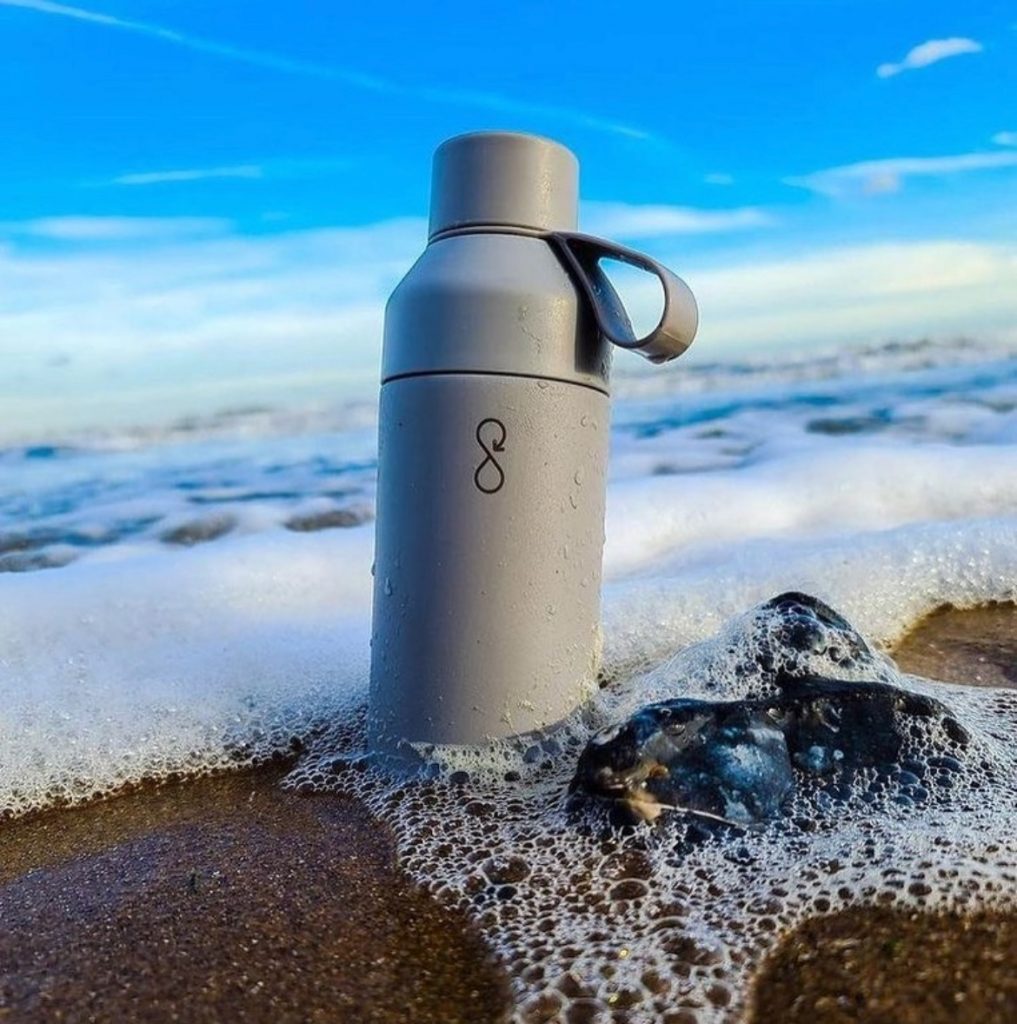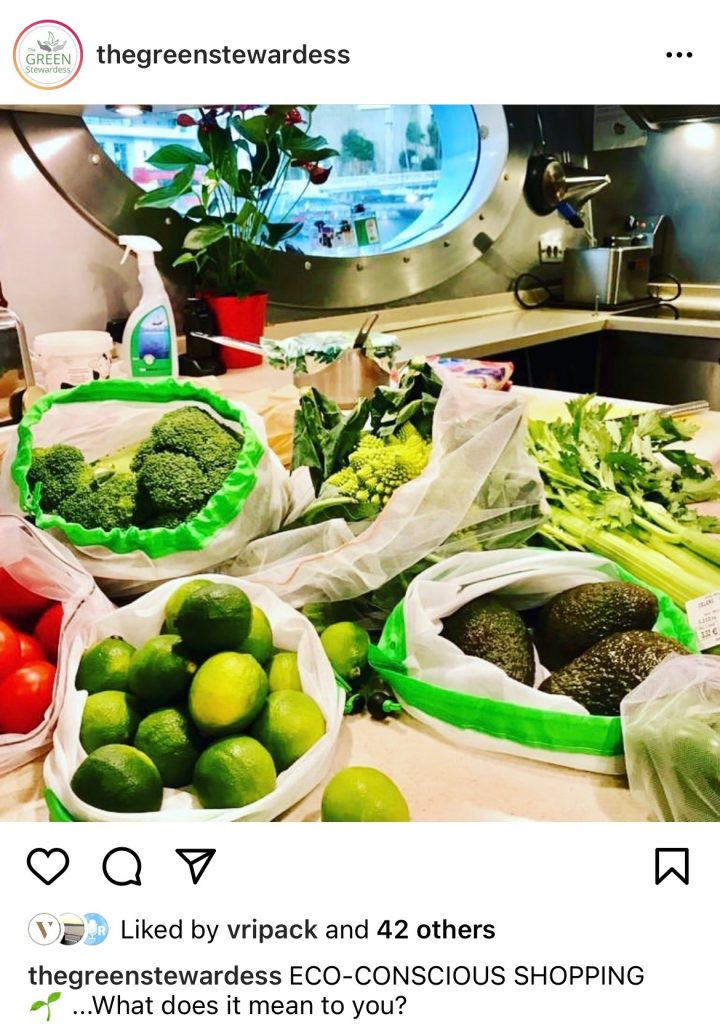2022 Sustainability trends
Top 5 2022 Sustainability trends
With the ever-increasing threat of climate change, consistent net-zero goals promised, and more pledges and initiatives taken, it is evident sustainability is as important as ever. Day by day, we see bolder ideas, radical thinking, and changes for the better. Solutions to re-shape our future are loitering in the wings, set to cement 2022 as the bounce-back year. Whilst we may have all now come around to refuse single-use plastic, meticulously separating rubbish, cleaning with natural products, and saving energy where we can, there is still more to do. The covid pandemic saw various shifts in how we do things, even within yachting. Sustainability has consistently moved up agendas, and things are set to continue this year. From overseeing the changes in the Superyacht industry over the past year, we’ve brought you our top 5 2022 Sustainability trends.
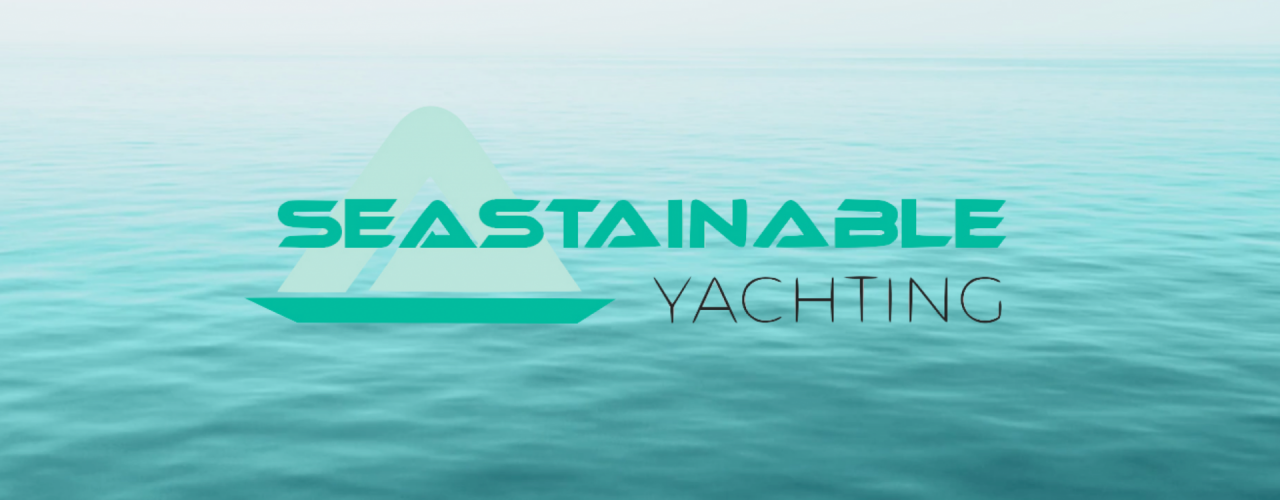
1. Conscious purchasing
Resulting from previous consumer demand, sustainable products and brands are becoming more and more visible on the shelves. This will increase with more seeking out greener options, purchasing from brands that support sustainability, ensuring profits are helping our planet and people for the better. We are beginning to move slowly away from the throwaway mentality that has dominated the last couple of decades, with a move towards quality over quantity. As well as these green products, the trend will be for individuals to buy from brands that work within the circular economy models, encompassing the specifically reuse and refill options. Yachting procurement companies are already seeing this shift, with increased demand from crew wanting to source sustainable products.
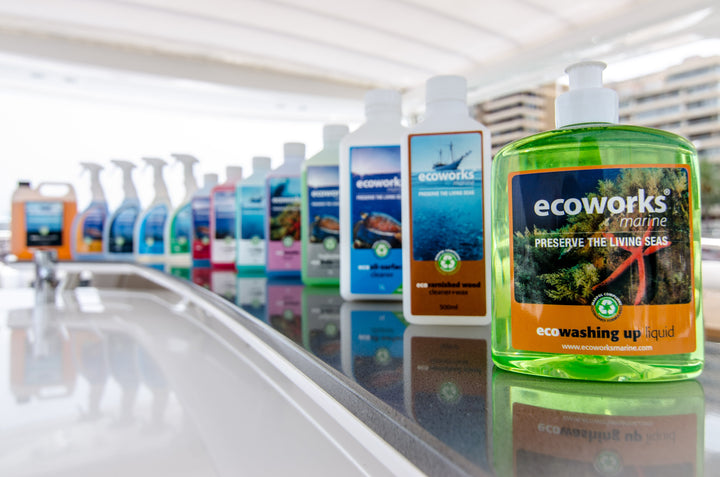
2. Slower fashion
This improved purchasing mentality is also infiltrating into fashion. The fast-fashion concept has made headlines in recent years, with people starting to rethink how we value clothing. Today more of us seek a longer-lasting wardrobe, which will lessen our impacts. This also means analysing labels and ensuring materials are sustainable and ethical. Crew uniform has long been an
issue of contention regarding sustainability, from ordering excessive amounts, throwing away unused items to changing designs each season. More crew are aware of the impacts of the clothing industry on the planet and are opting for better solutions, one being using companies that specialise in sourcing sustainable materials and practices such as Ethical Yacht Wear.

3. Climate-friendly diets
From controversial Netflix documentaries, shocking statistics on farming procedures to strong personal opinions, what we put on our plates is getting more and more limelight in todays sustainability discussion. Without a doubt, our current diets and eating habits are hindering our environment. Over the past few years, there has been a considerable shift towards plant-based
eating, which will continue alongside other climate-friendly diets such as “climatarinism”, a way of eating best for the planet. You just have to look at innovative solutions such as synthetically produced meat and plant-based substitutions to see this trend is only growing in popularity. Yacht chefs are becoming more aware of these shifts with increasing plant-based and vegan cookery
courses.
To read our interview on Plant-Based diets with head chef of M/Y Artefact, Evan Mende, Click here.
4. Ethical investing
For yacht crew, investments have always been a hot topic of conversation; one element that can get forgotten is what that money is ultimately funding. Knowing which types of investments are “green, “ethical, or “sustainable” can be complex in ensuring your nest egg is sustainable. However, this concept of impact-focused finance is becoming more popular and is one of the most powerful things you can change to become more sustainable. Moving your money to organisations that prioritise ethics, although small, will create huge and powerful change. For more information about investing, get in touch with CrewFo.
http://www.instagram.com/p/Cab0wJbDUqC/
5. Reconnecting
When we were all under lockdown conditions for months, most people appreciated the things we took for granted, such as time in nature and time to ourselves. The pandemic has allowed us to refocus on spending our time and our work-life balance. Many crew adjusted their work-life balance and prioritised more time towards self-care. This work-life balance element will continue as a trend, particularly in yachting, emphasising more rotational roles. Although it may seem trivial, self-care is critical within sustainability, as if you cannot look after yourself, how are you supposed to look after the environment and others? This focus on how we look after ourselves and our connection to nature will continue.
http://www.instagram.com/p/CTct0A3tOvj/
Have you got any trends to add to our top 5 2022 sustainability trends? Let us know via our Socials
For the latest yacht crew news, Click here.

